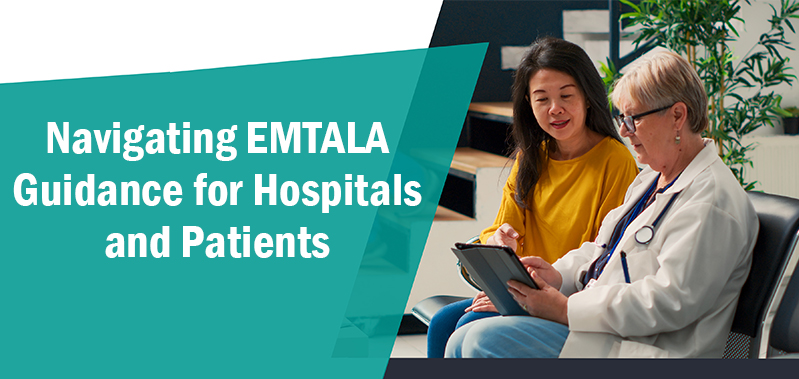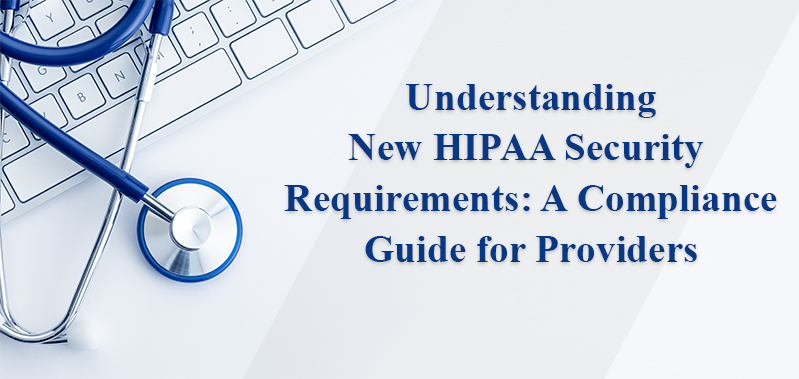
Navigating EMTALA: Guidance for Hospitals and Patients
EMTALA, the Emergency Medical Treatment and Labor Act enacted in 1986, stands as a pillar of healthcare accessibility in the United States. It ensures that emergency medical facilities must provide treatment and stabilization to anyone seeking care, irrespective of their ability to pay or insurance status. Although officially applied to participant hospitals, in practice, its principles extend across all healthcare institutions, safeguarding the rights of every patient in need.
Why Need EMTALA?
At its core, EMTALA champions healthcare equality, preventing discrimination based on financial circumstances. Its mandate resonates with the fundamental belief that every individual deserves medical attention when faced with an emergency. However, compliance with EMTALA entails more than just nondiscrimination. Healthcare providers must navigate its intricate provisions, emphasizing the importance of remaining informed and up-to-date with its requirements.
Under EMTALA, healthcare facilities must ascertain if a patient is experiencing a medical emergency and provide necessary treatment until stability is achieved or facilitate appropriate transfer as mandated by law. Even emergency care facilities are bound by these regulations, ensuring that economic considerations do not dictate access to essential medical services.
Ultimately, EMTALA underscores the paramount importance of prioritizing patients' welfare and transcending economic barriers. By adhering to its provisions, healthcare providers not only fulfill their legal obligations but also uphold the fundamental right to healthcare for all individuals, irrespective of circumstances. EMTALA serves as a beacon of inclusivity, ensuring that emergency medical care remains accessible to every person in need, embodying the ethos of compassion and equity in healthcare delivery.
What CMS Has Announced for EMTALA?
The Department of Health and Human Services (HHS), in collaboration with the Centers for Medicare & Medicaid Services (CMS), has unveiled a series of initiatives aimed at educating the public about their rights to emergency medical care and supporting hospitals in meeting their obligations under the Emergency Medical Treatment and Labor Act (EMTALA). This comprehensive plan includes:
- Publishing new informational resources on the CMS website to clarify individuals' rights under EMTALA and the process for lodging complaints if emergency medical care is denied.
- Partnering with hospital and provider associations to distribute training materials outlining providers' duties under EMTALA.
- Convening discussions with hospital and provider associations to explore best practices and address challenges in EMTALA compliance.
- Establishing a dedicated team of HHS experts to bolster the Department's capacity in assisting hospitals to adhere to federal EMTALA requirements.
Prompted by a surge in inquiries from patients and providers to CMS regarding compliance with federal obligations, this initiative underscores CMS's commitment to ensuring universal access to emergency medical care, including pregnancy-related emergencies. The Biden-Harris Administration reaffirms its dedication to collaborating with healthcare stakeholders to uphold patients' rights under federal law, acknowledging that mandated emergency care may encompass abortion services in certain circumstances. The U.S. Department of Justice is currently defending this stance before the Supreme Court.
How to Navigate EMTALA Challenges?
Navigating the complexities of EMTALA (Emergency Medical Treatment and Labor Act) regulations poses significant challenges for healthcare providers. The statute itself needs to be more easily decipherable, presenting a substantial hurdle for busy healthcare facilities. Understanding its nuances is essential, as even minor missteps can have serious consequences.
One critical aspect is patient stabilization, which resembles solving an intricate puzzle. Medical professionals must determine when a patient is stabilized, a particularly nuanced task in cases like pregnancy, where stabilization occurs post-delivery. Decisions regarding acceptable stabilization levels often rest with physicians, influencing potential transfers to other facilities.
Transferring patients presents another layer of complexity. Hospitals and attending physicians must ensure patient care while adhering to EMTALA regulations. This entails meticulous attention to detail and ongoing compliance efforts to avoid legal ramifications.
Addressing patient refusal of care adds another dimension. Proper documentation, including patient signatures for refused treatment, is imperative. Requests for transfer to another facility must be in writing and meet transfer requirements.
Balancing patient care with EMTALA compliance is paramount. Providers shoulder much of this responsibility, emphasizing the necessity of staff training on compliance standards. Given the potential penalties for non-compliance, it's crucial for healthcare facilities to equip their staff with comprehensive training resources.
Training staff on EMTALA compliance is increasingly vital. While healthcare facilities bear the brunt of penalties for non-compliance, individual staff members also face repercussions. Thus, hospitals must prioritize accessible and effective training to prevent fines and safeguard patient care.





Well-researched and understandable. I hope you will provide more updates and information on EMTALA.